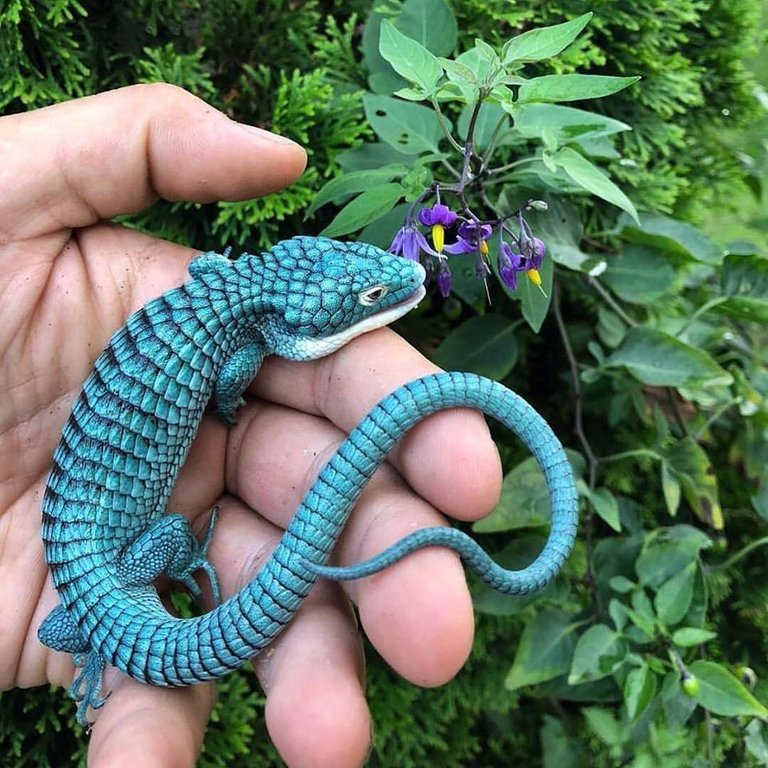
Known commonly as arboreal alligator lizards and also as just “abronia,” Abronia species are generally slow-moving, but they can quickly drop to the floor and make a hasty retreat if threatened. They can become tame after acclimating to a calm keeper, but each varies, and some may be inclined to bite. Arboreal alligator lizards are best for intermediate to advanced keepers because of their specific captive-care requirements. They are, however, hardy if maintained correctly.
These live-bearing lizards produce a single litter each year. They are not common in their native ranges and are limited to small geographic areas. There are some species that may already be extinct due to massive land clearing for agricultural expansion or charcoal production. In the wild, they are mostly arboreal and usually live high in the trees. However, I have found specimens on the ground and in rotting wood, or hiding in large clumps of moss. The trees they live in are generally large oak varieties, and they are typically covered with moss, ferns, orchids and most important, bromeliads. They use bromeliads as microhabitats for humidity, water and shelter, and as a source of prey items, which are abundant in the large, epiphytic plants.
Source: reptilesmagazine.com
Abronia lizards are found in several unique habitats, but they primarily inhabit cloud forests at high elevations in Central America, mainly in Mexico and Guatemala. They are also found in some instances in oak scrub and pine forest areas, again at high elevations, usually between 4,000 to 8,000 feet. At these high altitudes, there is a great deal of temperature variance between day and night, which is an important element to consider in captive husbandry. I have found that they will thrive best in a situation in which they are provided with a strong nighttime temperature drop.
Feeding.
Heir favorites are large, black, diurnal crickets, followed by grasshoppers. They will also take green caterpillars (such as hornworms), snails, spiders, mealworms, soldier fly larvae (I use Phoenix Worms due to their high calcium content) and roaches. I often feed my abronia by hand or with tweezers to make sure they are eating. I also assist weak or sick lizards this way.
As with all primarily insectivorous lizards, offer abronia a variety of insects with emphasis on prey items that are low in protein.
Dragon! :)
Hi! I am a robot. I just upvoted you! I found similar content that readers might be interested in:
http://www.reptilesmagazine.com/Lizard-Species/Abronia-Arboreal-Alligator-Lizards/
Wow, I didn’t know miniature size dragons existed.
They are beautiful. I love your content, I follow you <3